Figures & data
Table 1. Animal manure production in Bangladesh [Citation30].
Table 2. Biogas situation in Bangladesh [Citation5, Citation34].
Table 3. Exclusion criteria of the literature.
Table 4. The barriers and drivers to biogas technology that were included in the questionnaire.
Figure 2. Technical barriers to biogas implementation, where respondents were asked to rank the perceived barriers from ‘1: Unimportant’ to ‘5: Extremely important’.
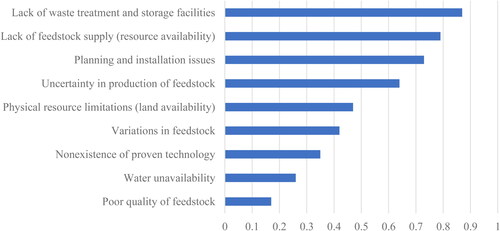
Figure 3. Economic barriers to biogas implementation, where respondents were asked to rank the perceived barriers from ‘1: Unimportant’ to ‘5: Extremely important’.
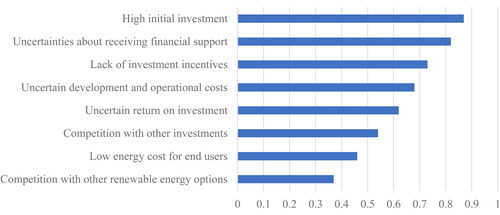
Figure 4. Social barriers to biogas implementation, where respondents were asked to rank the perceived barriers from ‘1: Unimportant’ to ‘5: Extremely important’.
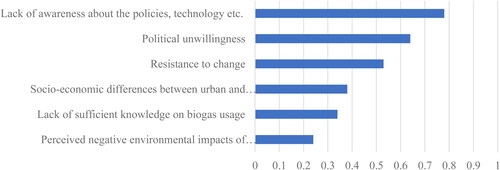
Figure 5. Policy barriers to biogas implementation, where respondents were asked to rank the perceived barriers from ‘1: Unimportant’ to ‘5: Extremely important’.
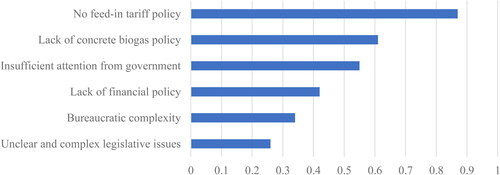
Figure 6. Market barriers to biogas implementation, where respondents were asked to rank the perceived barriers from ‘1: Unimportant’ to ‘5: Extremely important’.

Figure 7. Organization and competency barriers to biogas implementation, where respondents were asked to rank the perceived barriers from ‘1: Unimportant’ to ‘5: Extremely important’.

Figure 8. Technical drivers to biogas implementation, where respondents were asked to rank the perceived barriers from ‘1: Unimportant’ to ‘5: Extremely important’.

Figure 9. Economic drivers to biogas implementation, where respondents were asked to rank the perceived barriers from ‘1: Unimportant’ to ‘5: Extremely important’.
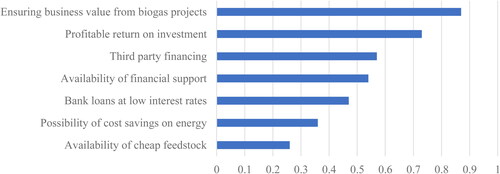
Figure 10. Social drivers to biogas implementation, where respondents were asked to rank the perceived barriers from ‘1: Unimportant’ to ‘5: Extremely important’.

Figure 11. Policy drivers to biogas implementation, where respondents were asked to rank the perceived barriers from ‘1: Unimportant’ to ‘5: Extremely important’.

Figure 12. Market drivers to biogas implementation, where respondents were asked to rank the perceived barriers from ‘1: Unimportant’ to ‘5: Extremely important’.

Figure 13. Market drivers to biogas implementation, where respondents were asked to rank the perceived barriers from ‘1: Unimportant’ to ‘5: Extremely important’.

Table 5. Top ranked barriers and drivers to biogas technology in Bangladesh.
Figure 14. Government initiatives for the diffusion of renewable energy technologies (inspired by Ref. [Citation13]).
![Figure 14. Government initiatives for the diffusion of renewable energy technologies (inspired by Ref. [Citation13]).](/cms/asset/145ff3f5-7bc2-4dc8-8711-21af3be0e0f3/tbfu_a_1841362_f0014_c.jpg)

